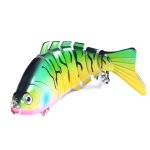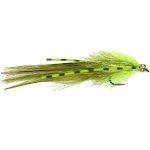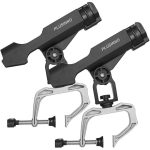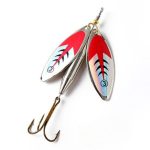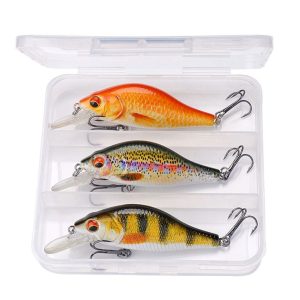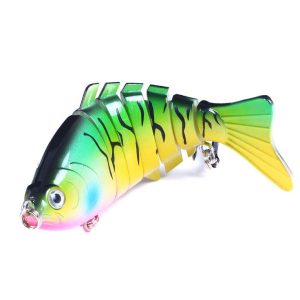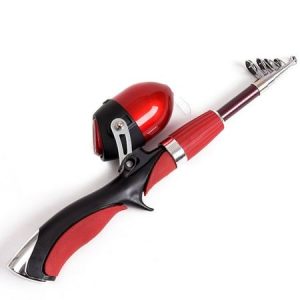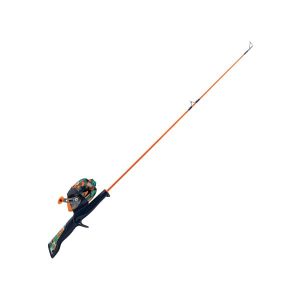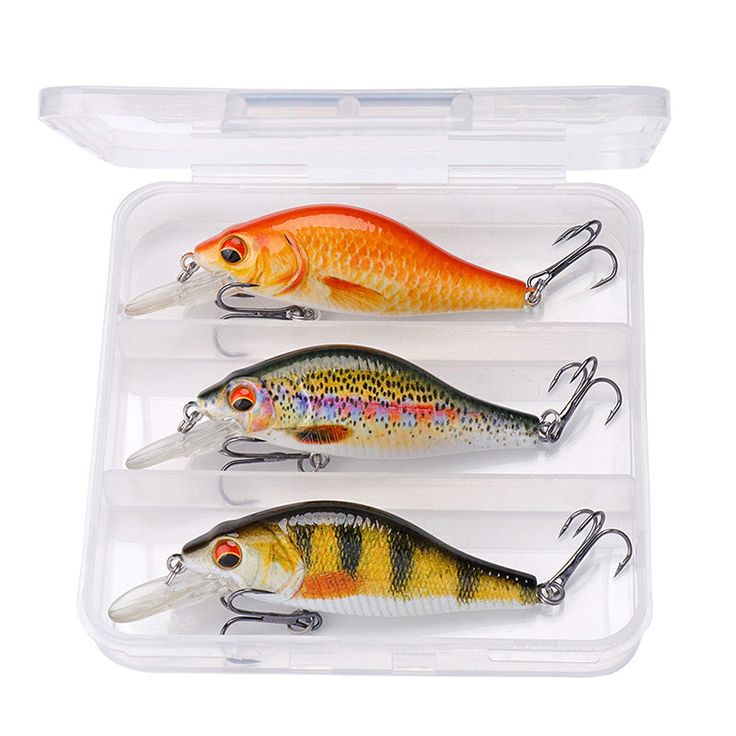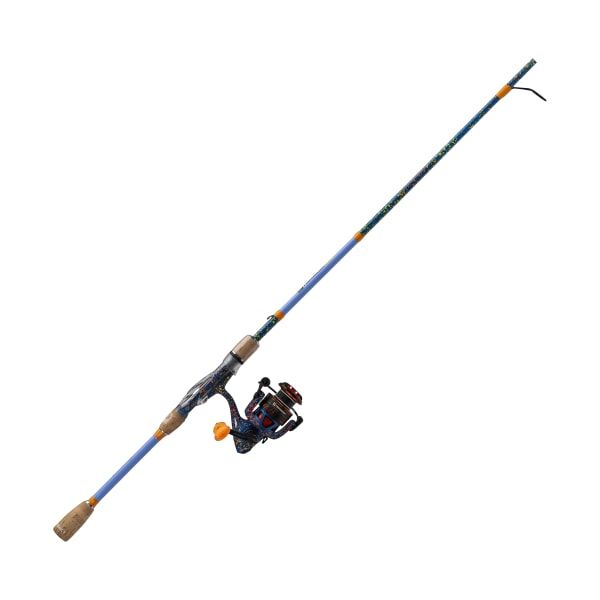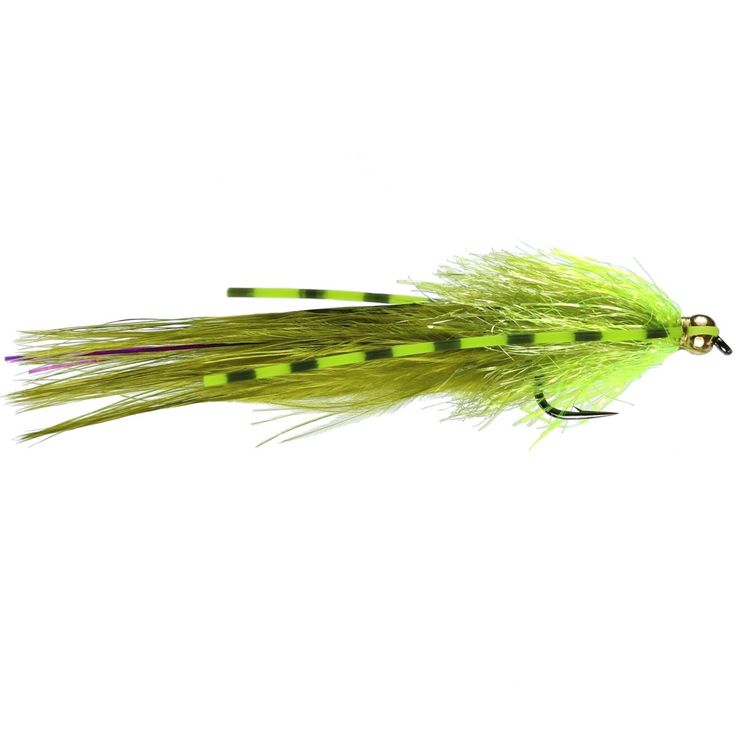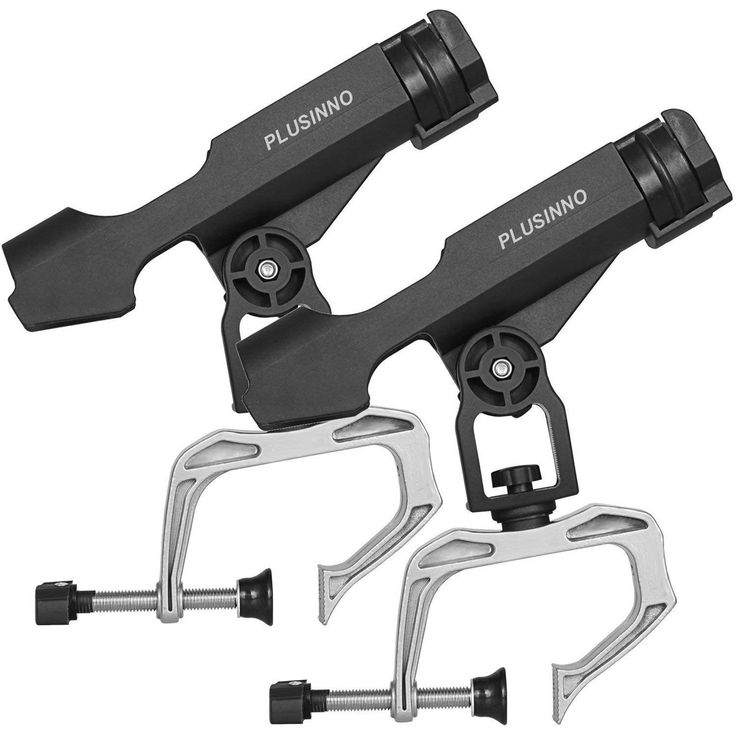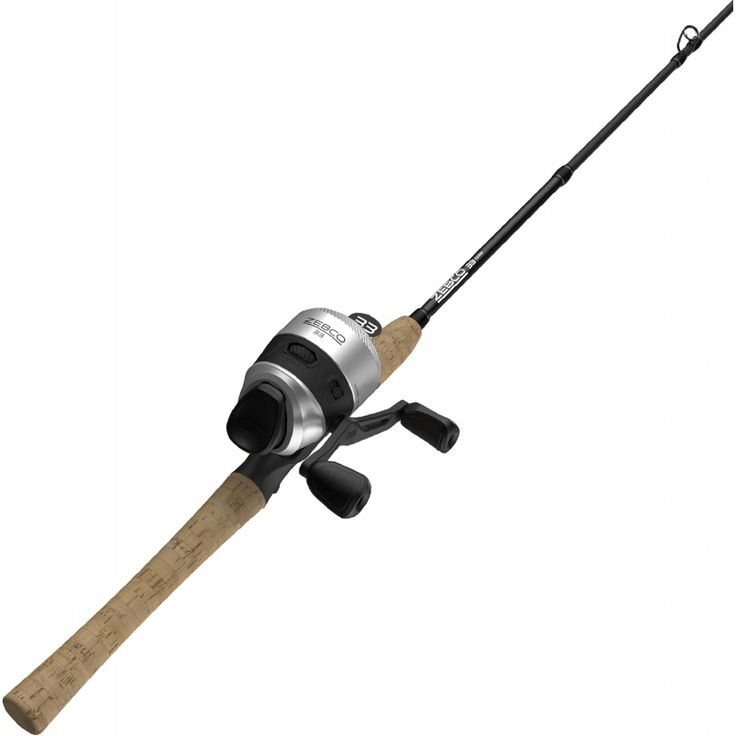Understanding the Types of Fishing Rods
Before you hit the water, it’s crucial to understand the different types of fishing rods. This knowledge sets you up for success and ensures you make an informed purchase. Let’s look at the types of fishing rod for beginners.
- Spinning Rods: Spinning rods are great for those just starting. They are user-friendly, versatile, and work with a range of lures. Easy to cast and handle, beginners often prefer these rods to learn basic techniques efficiently.
- Baitcasting Rods: Baitcasting rods offer more control but require practice. They suit anglers ready to tackle bigger fish and who want precision. However, they may seem tricky for absolute beginners due to the need for refined casting techniques.
- Fishing Rod and Reel Combos: Combos are perfect for beginners who want matched gear without hassle. These paired rods and reels take out the guesswork and provide balanced performance. They’re convenient and can be cost-effective, making them a smart choice for those new to fishing.
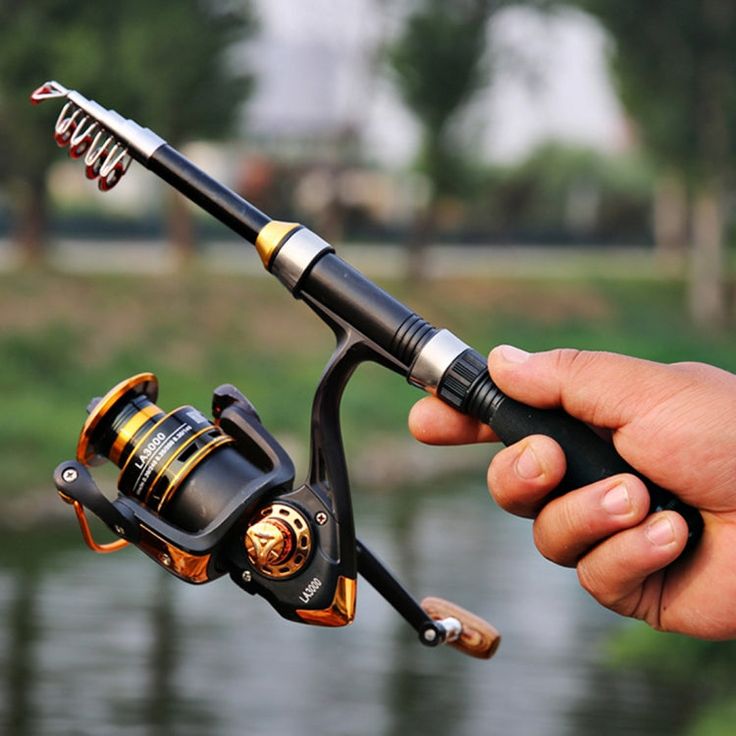
Key Features to Look for in Your First Rod
Selecting the right fishing rod as a beginner can positively impact your fishing experience significantly. When searching for your first fishing rod, it’s essential to consider various features that can make or break your fishing endeavors. Let’s explore some critical aspects you should look for in a good beginner’s fishing rod.
Material and Build Quality
Fishing rods are usually made from graphite, fiberglass, or a combination of both. Graphite rods are lightweight and highly sensitive, making them excellent for detecting fish bites. However, they might be more brittle under heavy load. On the other hand, fiberglass rods offer impressive toughness and better flex, which can be forgiving for novices. The best starter rods often blend both materials to provide both sensitivity and flexibility, making them suitable for various fishing conditions.
Rod Length and Power
The length of fishing rods usually ranges from 4 feet to 14 feet. Shorter rods provide better control and are ideal for tight spots or kayak fishing. Longer rods excel in casting distance and are better suited for surf fishing or casting from the shore. The power of the rod, which can be light, medium, or heavy, should match the type of fish you are targeting. Beginners should start with medium power rods as they offer a good balance for various fishing situations.
The Handle and Comfort
Handles are a critical touchpoint on any fishing rod. They come in shapes such as split, pistol grip, or full grip and are made from materials like cork, foam, or rubber. Cork handles are comfortable and provide a firm grip even when wet. A comfortable handle will reduce fatigue and help new anglers enjoy longer fishing sessions. Ensure the handle feels right in your hands; it should not be too large or too small, and the texture should allow a non-slip grip.
Top Fishing Rod for Beginners
Selecting the best fishing rod for beginners is crucial for a positive first experience. Here are some top picks tailored for new anglers, providing a balance between quality and ease of use.
Highly Recommended Spinning Rods
For a smooth start, spinning rods are ideal. The Falcon BuCoo SR Spinning 7-foot Medium and Ugly Stik Elite Spinning Rod stand out. They offer ease, versatility, and the Ugly Stik’s durability is perfect for learners.
Best Value Baitcasting Combos
New anglers seeking more control might try baitcasting. The Dobyns Colt 7-foot Medium Heavy provides sensitivity, while the Abu Garcia Vengeance Casting Combo is beginner-friendly and ready for various fishing actions.
Quality Rod and Reel Combos for Beginners
Combos are excellent for those preferring ready-to-use gear. The Lew’s Mach Crush Spinning Combo and KastKing Centron Spinning Combo are both easy to handle. They offer features that help beginners focus on the joy of fishing, not gear complexity.
Factors to Consider Before Making a Purchase
Before you invest in a fishing rod, certain factors can make a huge difference. From matching the rod to your fishing style, deciding on your budget, to considering how easy it is to use the gear, let’s dive into these crucial aspects.
Matching the Rod to Your Fishing Style
Choosing a rod that fits your fishing style is key. If you like to fish in lakes, a longer rod might help. For streams and creeks, shorter, more flexible rods could be best. Think about where and how you’ll fish before deciding.
How Much Should You Invest?
It’s smart not to spend too much on your first rod. A moderate price range offers good quality without breaking the bank. Look for value deals where quality meets affordability. Remember, as you grow in skill, so will your investment in gear.
Accessibility and Ease of Use
Go for a rod that’s straightforward to set up and use. If it’s too complex, it could turn your fishing trips into frustrating lessons. Lightweight rods with simple features are best for beginners. They make the learning process enjoyable and less daunting.
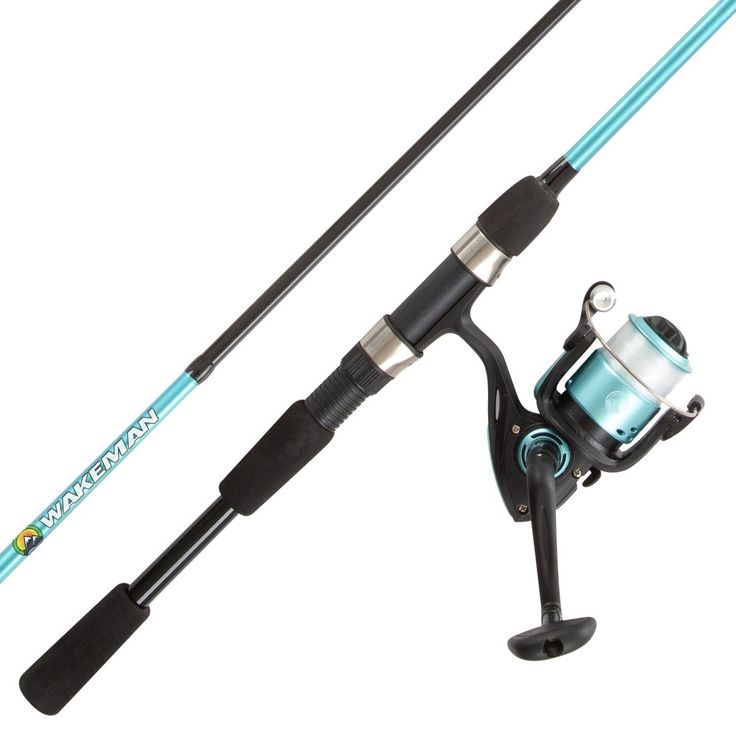
Tips for Casting and Basic Techniques
Mastering the art of casting is essential for any novice angler. Below, we touch upon basic methods for the two common types of fishing rods: spinning and baitcasting. Plus, we emphasize the role of practice and patience in perfecting these techniques.
Casting Basics for Spinning Rods
To start with spinning rods, here’s a simple guide:
- Hold the rod with your dominant hand and open the bail with the other.
- Hook the line with your index finger, and then hold it against the rod.
- Look at your target and aim the rod tip slightly above it.
- Swing the rod backward, then snap it forward smoothly, releasing the line at eye level.
- Close the bail manually after the lure hits the water to avoid line twists.
These steps help ensure control and accuracy, making it ideal for fishing rod beginners.
Getting the Hang of Baitcasting
Baitcasting requires more skill, but here are pointers to get you started:
- Place your thumb on the spool for control.
- Press the release button to free the line for casting.
- With a flick of the wrist, smoothly cast towards your target.
- Apply pressure with your thumb to slow the spool and prevent backlash.
It takes time to get used to, but baitcasting can offer precision once mastered.
Importance of Practice and Patience
All beginners should remember that practice is key. Spend time casting in a safe, open area before heading to the water. Be patient; everyone makes mistakes, but they’re learning opportunities. Patience is your ally in mastering these techniques and eventually finding success on your fishing trips.
Common Beginner Mistakes to Avoid
When starting out in fishing, avoiding certain mistakes can make your experience more enjoyable and fruitful. Beginners often face challenges, but knowing what to avoid helps ease the journey.
Choosing the Wrong Rod Length and Action
Choosing a rod that’s too long or short can hinder your casting ability. Rod action affects your lure’s movement and your ability to hook a fish. Beginners should opt for a medium-length, medium-action rod for versatility.
Overlooking the Significance of a Comfortable Grip
A grip that’s not right can cause hand fatigue, making fishing less enjoyable. Beginners should look for rods with a comfortable handle that fits their hand size well.
Neglecting Suitable Reel Selection
A reel must match the rod for balance and functionality. Beginners should choose a reel that’s easy to use, like a spinning reel, to start learning the ropes of fishing.
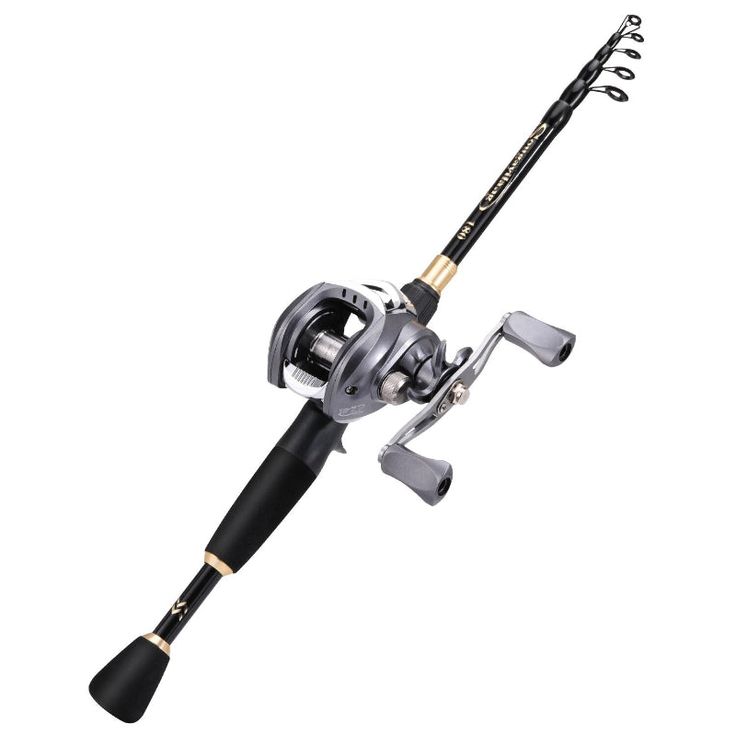
Maintaining Your Fishing Rod
Proper care extends a rod’s life and ensures better performance.
Regular Cleaning and Maintenance Tips
Keep your rod in top shape with simple steps:
- Rinse rods with fresh water after use, especially when fishing in saltwater.
- Wipe down with a soft cloth to remove dirt and grime.
- Check guides for damage; replace if needed to prevent line wear.
- Lubricate reel parts as instructed in the manual.
- Tighten all screws and fittings; loose parts can worsen with use.
- Use rod sleeves or wraps to protect while transporting.
Storage and Handling Best Practices
Store rods correctly to avoid damage:
- Keep in a cool, dry place away from direct sunlight.
- Hang horizontally or keep in a rack; avoid leaning against walls.
- Ensure enough space; crowded storage can lead to bent rods.
- Never leave the rod in a car’s trunk for long; heat deforms rods.
Taking care of your fishing gear is critical for any angler, whether you’re a beginner or a seasoned pro. Regular maintenance and proper storage can prevent common issues that could impair your rod’s function and, ultimately, your fishing success. Spend a little time after each use for maintenance, and always store your rods in the right conditions to enjoy them for many fishing trips.
Final Thoughts and Encouragement
As you embark on your fishing journey, remember that every angler starts as a beginner. You’ll learn and improve with each fishing trip, transforming from a novice to a knowledgeable angler. Choosing the right equipment is only the first step. The real adventure lies in using it out on the water, learning techniques, and catching fish.

